
Ho Chi Minh City Real Estate Market Quarterly Reports | Q3 2021
Vaccination roll-out accelerated in Q3 2021, while lockdown measures eased by the end of Q3, kickstarting real estate market recovery to pick up the pace. The pandemic has shifted the occupier’s demand, especially large enterprise and multinational companies.

Ho Chi Minh City Real Estate Market Quarterly Reports | Q2 2021
In Q2 2021, COVID-19 continues to bite. Vietnam was a strong domestic economy that is outperforming the region, and the wealth buildup of the general population than most property asset classes are showing remarkable resilience.
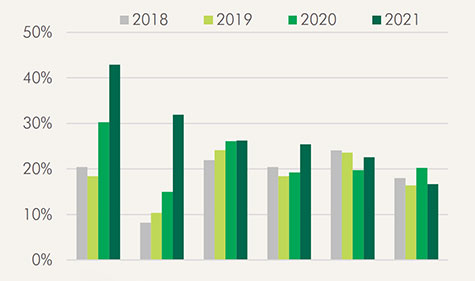
Ho Chi Minh City Real Estate Market Quarterly Reports | Q1 2021
In Q1 2021, gross domestic product (GDP) estimated to increase by 4.48% over the same period last year, higher than the growth rate of 3.68% in the first quarter of 2020. This is an opportunity for real estate developers to meet this demand in the context of lack of supply for both end-user and investor.
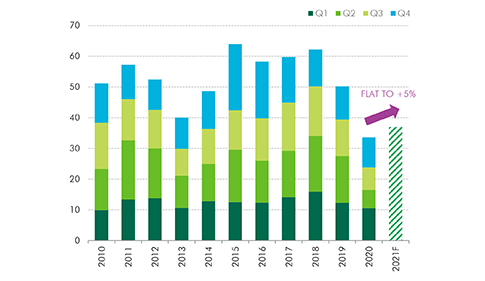
Ho Chi Minh City Real Estate Market Quarterly Reports | Q4 2020
The positive signal from key infrastructure projects such as the construction of Long Thanh International Airport and the official formation of Thu Duc City will be a key driver of the real estate market to restart. This is good times for retailers to search for quality retail space at a discount.
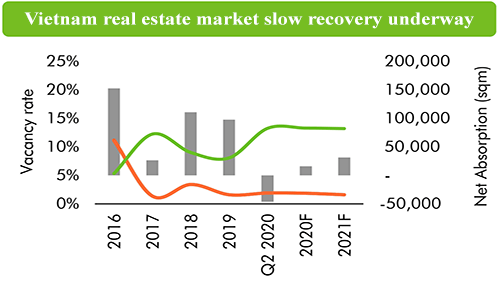
Ho Chi Minh City Real Estate Market Quarterly Reports | Q3 2020
The absorption rate Ho Chi Minh City real estate market is expected to have mild recovery in Q4 2020 while asking rents and selling prices are expected to maintain the current level, backed by short-term rental support policy from developers to improve their competitive advantage.

Ho Chi Minh City Real Estate Market Quarterly Reports | Q2 2020
Vietnam remains one of the fastest-growing SE Asian economies with a bright long-term economic outlook. Positive GDP 2.6% growth in 2020, an average 6.7% pa forecast 2021 with full recovery by 2024, according to FocusEconomics. The prolongation of Coronavirus has challenged the recovery of economies in Vietnam.
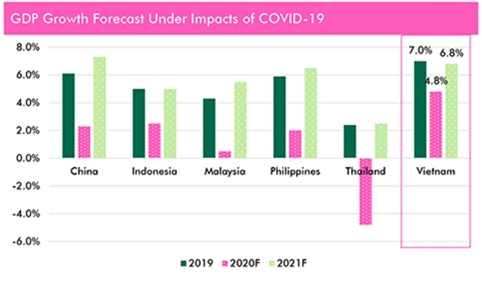
Ho Chi Minh City Real Estate Market Quarterly Reports | Q1 2020
Covid-19 outbreak has created many disruptions in Vietnam’s economy and its real estate market. Vietnam’s manufacturing sectors is heavily dependent on raw materials. Disruption to supply has forced many local producers to temporarily cease production since January, leading to a very low growth in exports in Q1 2020.
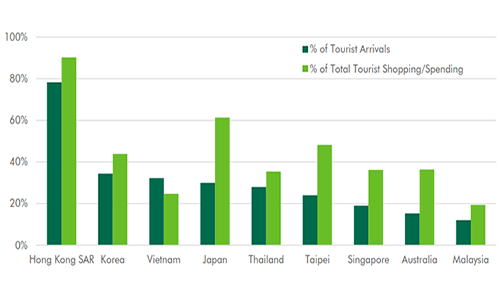
Ho Chi Minh City Real Estate Market Quarterly Reports | Q4 2019
Vietnam’s economy achieved 7.02%, well exceeding set by the National Congress. High growth was driven by strong export activities 'Total export values was US$263.5 billion' leading to trade surplus US$9.9 billion. New launches in real estate market continued to decrease due to slowdown of licensing process.
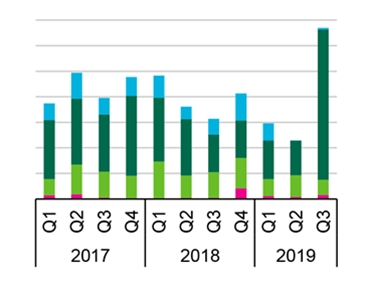
Ho Chi Minh City Real Estate Market Quarterly Reports | Q3 2019
The shortage of new supply was recorded again in the third quarter of 2019 in the ready-built villa and townhouse segment despite high expectation for the launch of large-scale projects. However, due to many unexpected reasons, these projects have been delayed until the end of 2019.
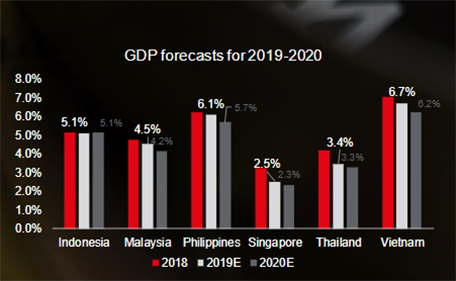
Vietnam’s Economic Backdrop Quarterly Reports | Q2 2019
Amid the prevailing global high uncertainty and growth slowing down, Vietnam’s economy still achieved stable growth with 6.8% in 1H 2019. As of Q2 2019, the GDP growth reached 6.71%, slightly lower than the Q2 2018 rate yet still higher than the growth of the second quarter during the 2011-2017 period.
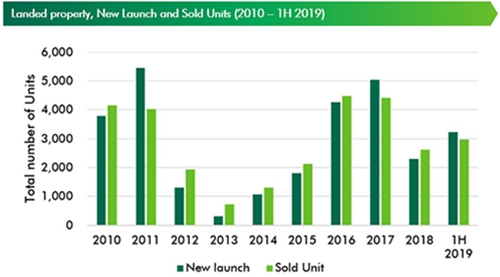
Hanoi Real Estate Market Quarterly Reports | Q2 2019
Looking back, there has been a contradictory scene of success and struggle among retail stories in Vietnam during the first half of 2019. Mid-end segment continues to dominate the market with new supply of around 70% - 80%, residential supply will move further away from the 10km radius of the CBD.
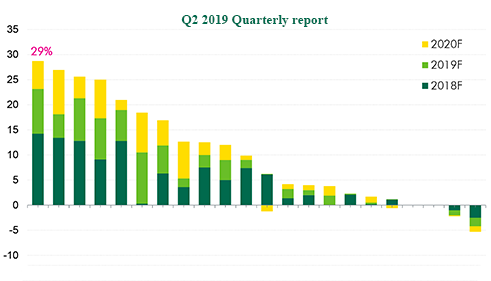
Ho Chi Minh City Real Estate Market Quarterly Reports | Q2 2019
Due to limited supply in the 1H 2019, HCMC real estate inventory overall was absorbed. Sales momentum continued to be positive in Q2 2019 with more than 80% of new launch units having been absorbed. Office market performance with vacancy rates of both Grade A and Grade B slight decrease.

